October 29, 2025
Data Shows Endangered Palau Ground Doves Swiftly Recovering After Successful Palauan Island Conservation Effort
Astounding evidence of recovery on Ulong Island in Palau after just one year!
Published on
May 30, 2017
Written by
Emily Heber
Photo credit
Emily Heber

Our views of the world are shaped by our surroundings and what we learn throughout childhood. How and to what extent children become acquainted with the natural world are important considerations for the future of conservation.
A recent study titled “Wildlife species preferences differ among children in continental and island locations” published in Environmental Conservation concluded that differences between childrens’ experience of the natural world on mainlands versus islands influences their perspectives on native wildlife. The study’s findings highlight the need for a closer look at environmental education.
The study focused on perspectives of children in North Carolina and the island of Andros in the Bahamas. The researchers conducted the study in order to understand how location might influence the conservation priorities and considerations children have for the world around them. Researchers found some views that raise conservation concerns, explains Hannah Shapiro, the lead author of the study:
Children on Andros showed a preference for feral cats, dogs and pigs, which are invasive species that can be more damaging in an island environment…That’s a concern for future wildlife-conservation efforts.
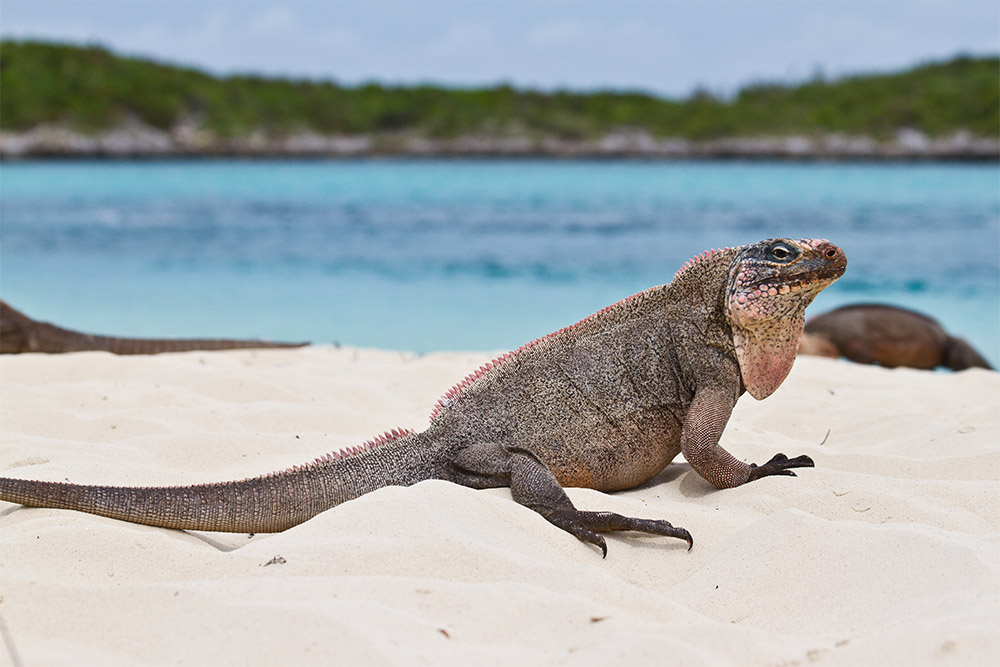
Preferential selection of non-native species is concerning for the future of conservation, but students living on Andros also voiced appreciation for a wider variety of taxa including birds, fish, and insects. Students raised on the mainland almost exclusively listed mammals such as deer, bears, wolves, and rabbits. The selection of mammalian megafauna by students in North Carolina suggests that they too prefer species that they are more likely to see, but select a narrow range of taxa. Researchers suggested that children on the islands selected a broader range of taxa due to the greater species richness and biodiversity they are exposed to routinely.

Researchers note that the students on Andros had more extensive environmental education with almost 1/3 of the students surveyed on Andros take part in Discovery Club, an environmental program that teaches students about key environmental issues. However, Discovery Club had not been teaching children about the impacts invasive species have on the native animals. Kathryn Stevenson, co-author on the study explained:
The Discovery Club curriculum deals specifically with declining species but it doesn’t focus heavily on invasive species. Discovery Club offers an ongoing way to build awareness of wildlife issues. Based on the findings, a recommendation would be to add a specific module on invasive species to help children learn about the impact on native wildlife.
Understanding how students value their surrounding environments is an important first step in educating them about the impacts of invasive species and other environmental concerns. What we learn and experience as children is carried with us through life; teaching students about conservation issues is a crucial consideration for a brighter future for all of our planet’s diverse species.
Featured photo: Brown Anole on Allen Cay, Bahamas. Credit: Island Conservation
Source: Phys.org
Check out other journal entries we think you might be interested in.

October 29, 2025
Astounding evidence of recovery on Ulong Island in Palau after just one year!
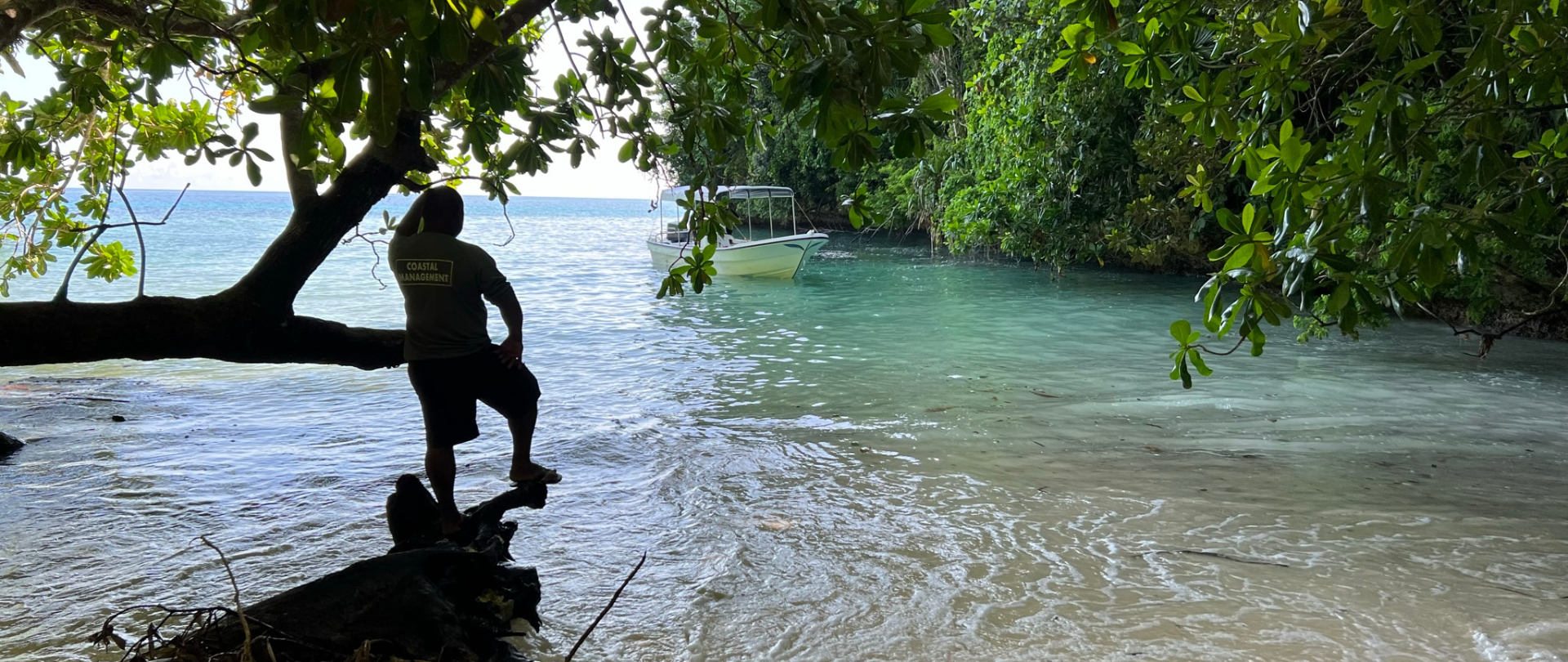
May 19, 2025
Read our position paper on The 3rd United Nations Ocean Conference (UNOC 3) to see why we're attending and what we aim to accomplish!
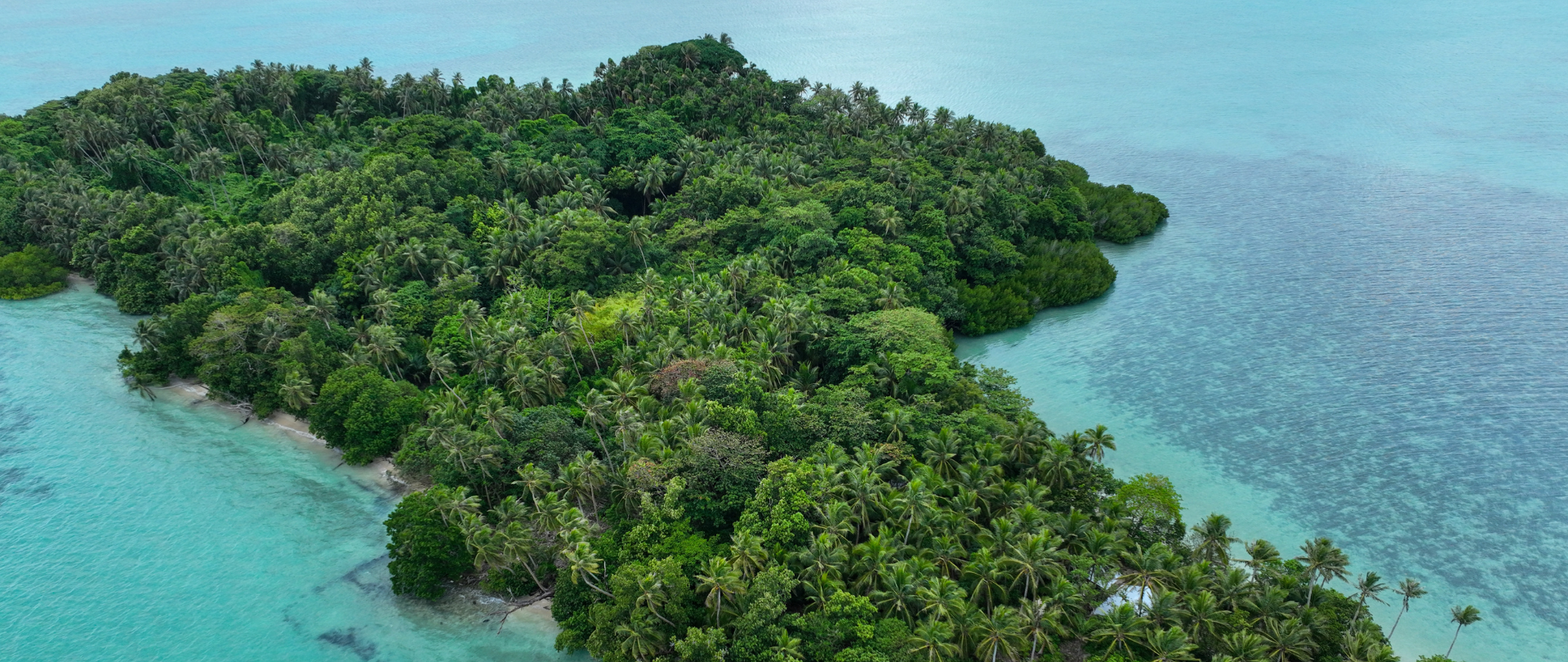
December 4, 2024
Ann Singeo, founder of our partner organization the Ebiil Society, shares her vision for a thriving Palau and a flourishing world of indigenous science!
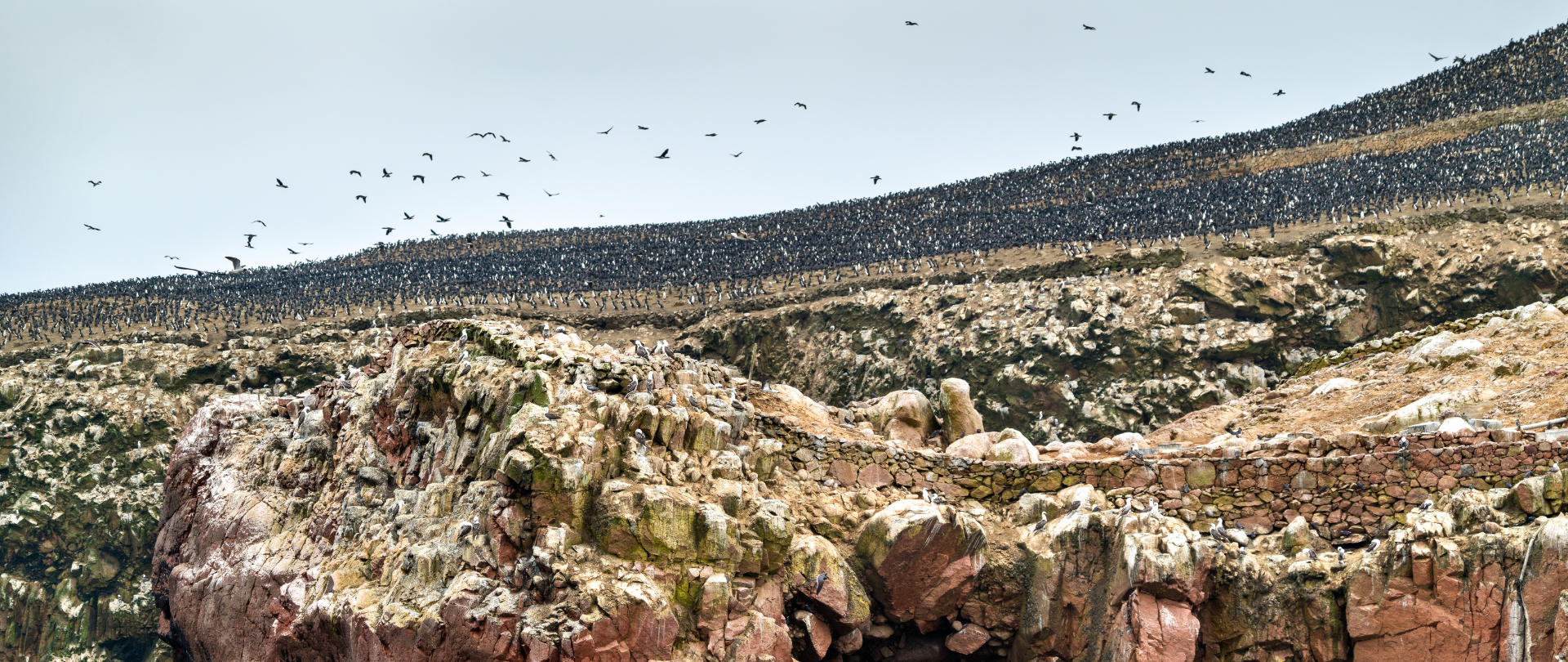
November 22, 2024
This historic agreement aims to protect the marine and coastal areas of the Southeast Pacific.
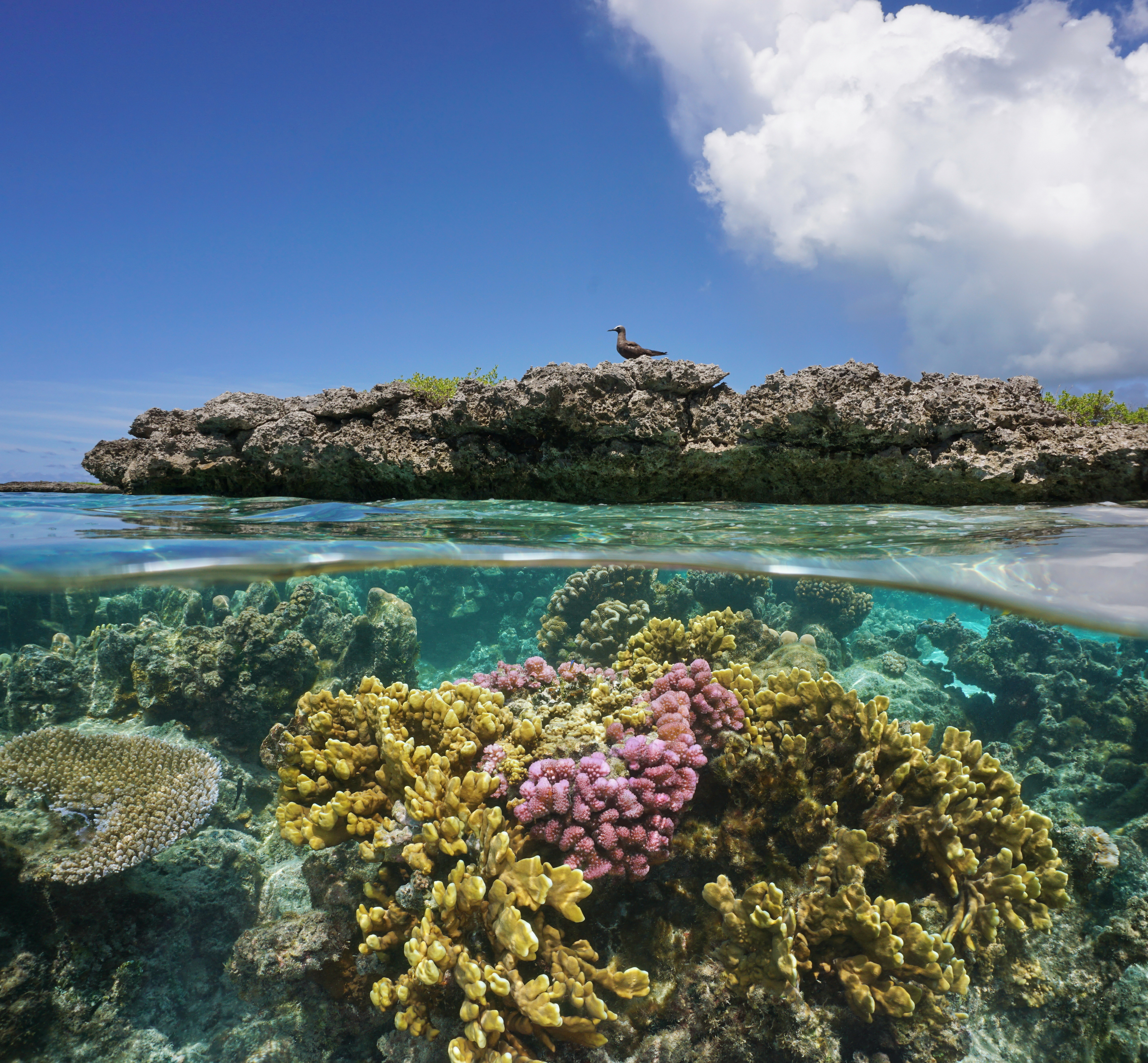
November 18, 2024
Our projects to restore key islets in Nukufetau Atoll forecast climate resilience and community benefits in Tuvalu!
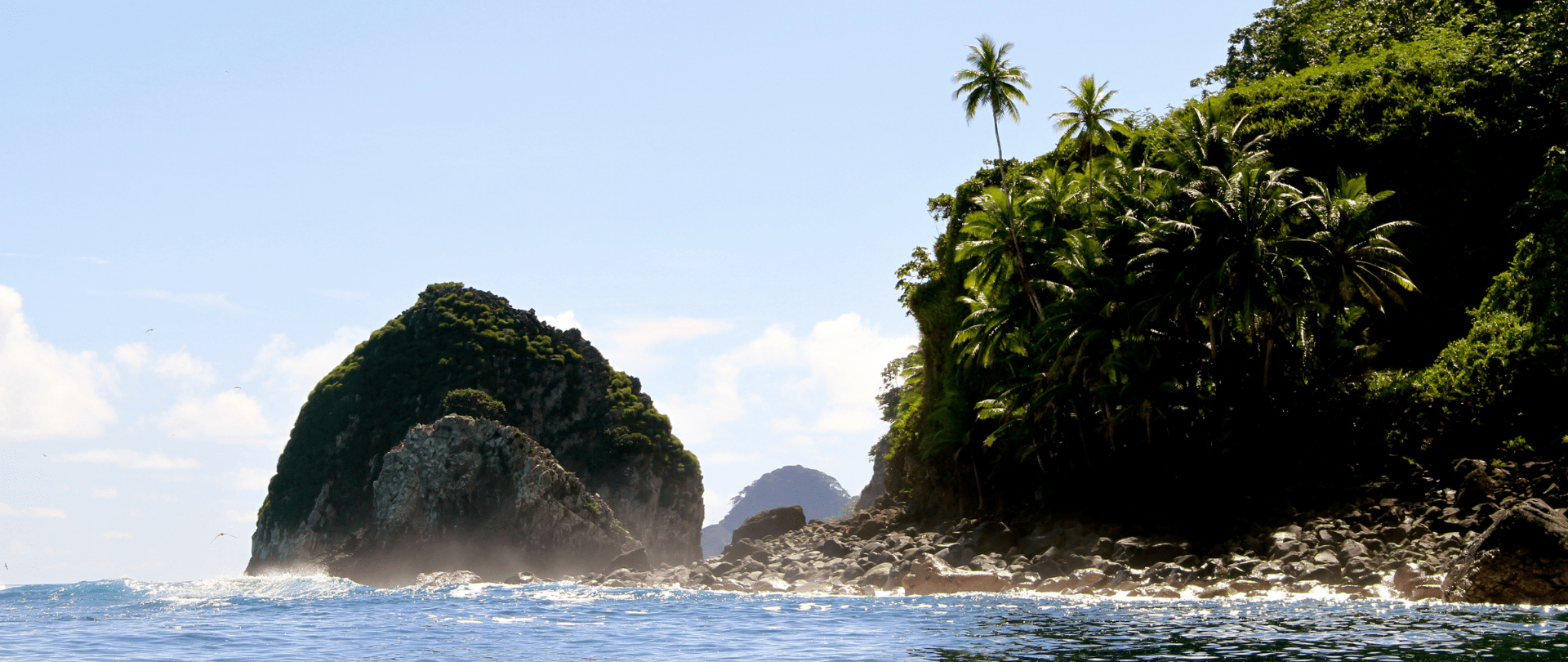
November 5, 2024
Island Conservation attended the 16th meeting of the Conference of the Parties to the Convention on Biological Diversity!
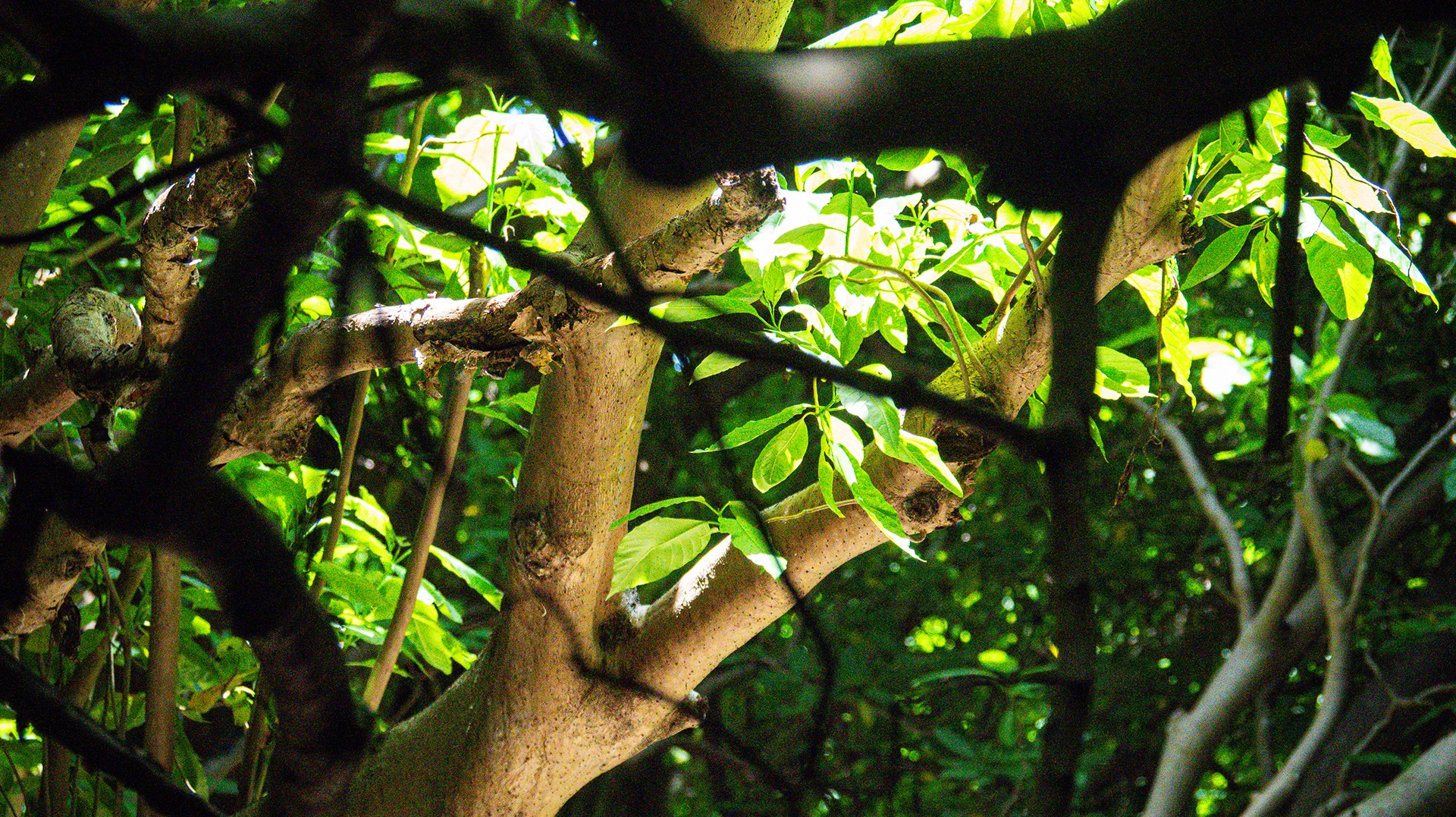
October 3, 2024
Island Conservation and partners have published a new paper quantifying ecosystem resilience on restored islands!
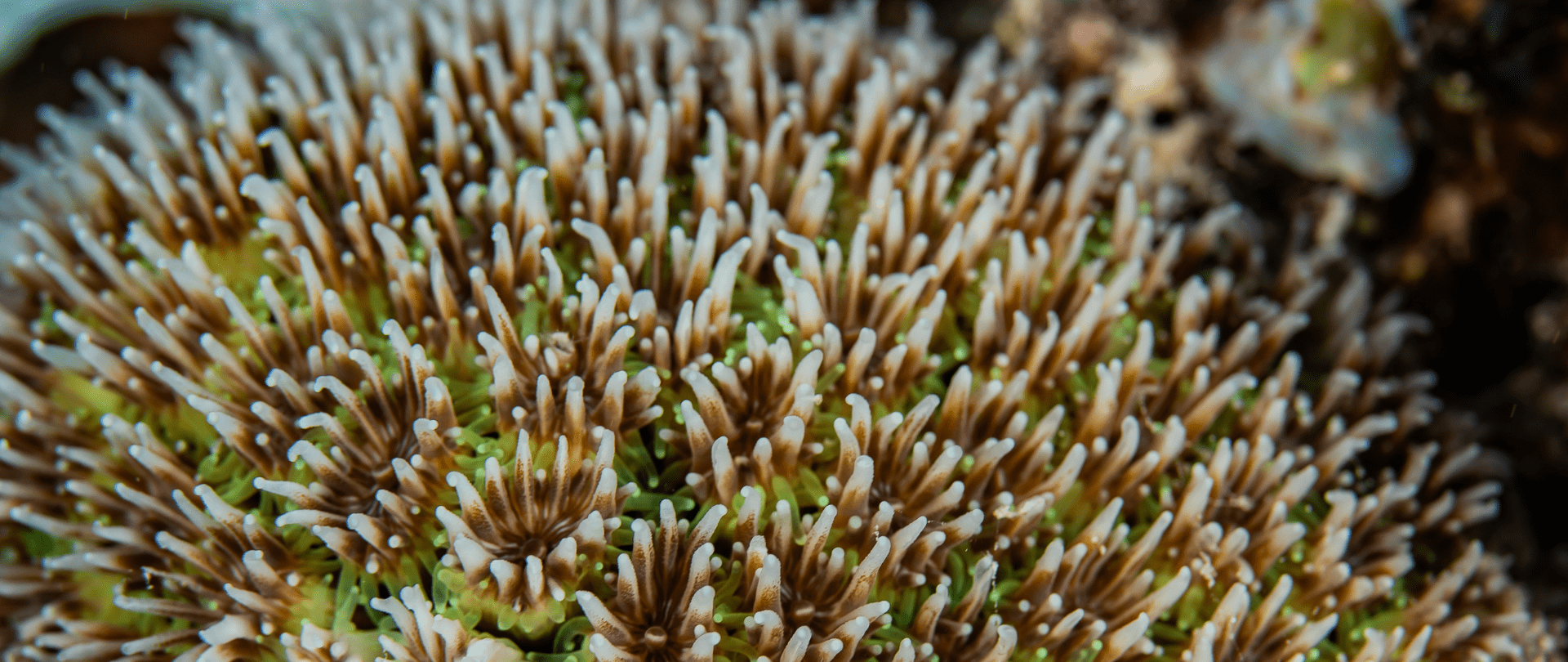
September 10, 2024
Climate Week NYC: what is it and why is it important? Read on to find out why Island Conservation is attending this amazing event!

September 5, 2024
With sea levels on the rise, how are the coastlines of islands transforming? Read on to find out how dynamic islands really are!
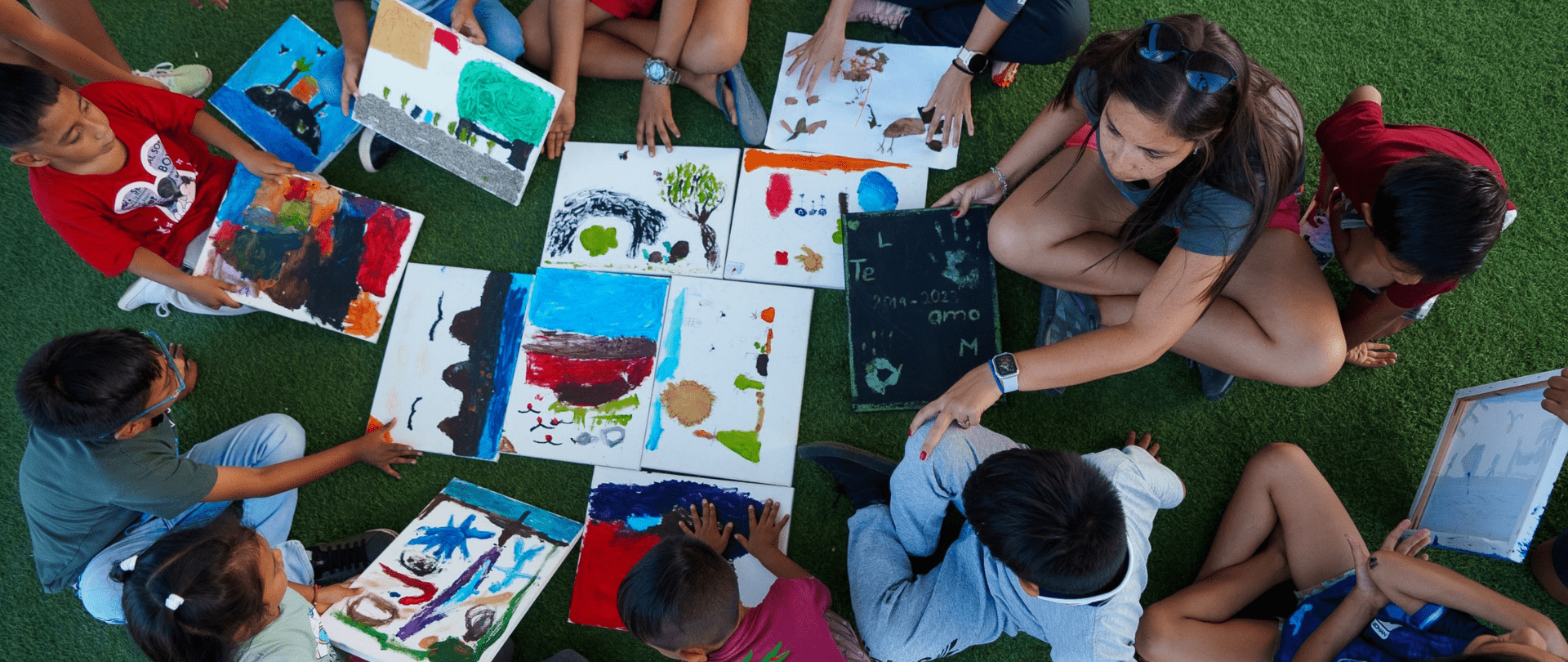
December 14, 2023
Join us in celebrating the most amazing sights from around the world by checking out these fantastic conservation photos!